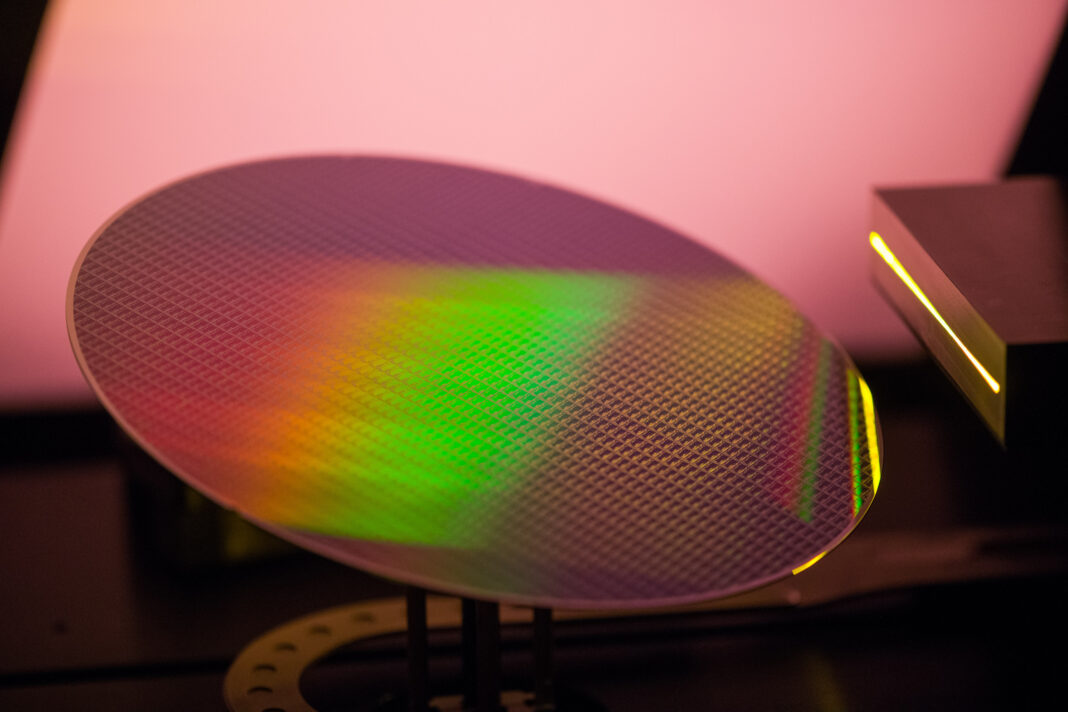Paragraf, a maker of electronic devices using semiconductor fabrication techniques, has just announced that their graphene-based biosensors can conduct multiomics analysis. Easily adapted to multiomics and multiplexed detection, this platform combines protein and nucleic acid recognition technology. Researchers from Keck Graduate Institute and Cardea Bio, which Paragraf acquired in May 2023, demonstrate that they can simultaneously detect SARS-CoV-2 RNA and protein, including the viral strain’s spike protein, in a study that made the cover of Advanced Materials Technology.
“When you think about biothreats, being able to look at both the presence or absence of viral proteins as well as the RNA is very valuable because right now we don’t really know which one is more indicative of a patient being infectious or not,” said Kiana Aran, PhD, chief innovation officer at Paragraf San Diego. “Being able to [detect] both is really valuable and right now we are really limited in the technologies that could be doing both at the same time. At home, you can do a lateral flow assay, which is not quantitative, and many places do a PCR-based assay.”
Together with DARPA, the U.S. Army, and Siemens, Aran and Paragraf are creating a mass-market version of this platform.
“This whole project started with the funding from DARPA for [my lab] to develop something for the detection of viral particles in the air,” said Aran, who is also an Associate Professor of Medical Diagnostics and Therapeutics at Keck Graduate Institute. “My lab also met with the U.S. Army, and we realized that they were making these amazing peptides that were much better than antibodies for our sensing platform.”
Later on, Siemens was brought into the mix to help with the data analysis. Aran said the collaboration with Siemens is critical for determining the best method for analysis at scale. “When you have different types of capture molecules in the sensor, you have to make sure that you’re really detecting and distinguishing between, for example, COVID, flu, and rhinovirus,” said Aran.
This framework may also be applied to other multiomic diseases arising from other pathologies, including but not limited to infectious diseases and cancers. Aran argued that the technology could be used for a wide variety of purposes beyond biothreat detection, including vaccine research and development and even precision agriculture.
Co-opting Cardea Bio’s CRISPR diagnostic
Founded in 2013, Paragraf is a U.K.-based company founded on the vision of a new frontier in electronics, one in which graphene and other 2D materials are used to develop faster and more efficient semiconductor devices and technologies. A month ago, Paragraf acquired Cardea Bio and their CRISPR-Chip technology to expand into the business of biosensors.
This acquisition enables Paragraf to offer a new generation of biosensing devices that will deliver the features and result sensitivity of existing lab-based instruments with the rapid response and simple ease of use required to enable handheld, real-time, in-field use.
The article by Aran and coworkers, which came out about a month after the acquisition of Cardea Bio and their CRISPR-Chip technology, shows that their multiomic biosensor is very selective for detecting RNA and proteins. In their paper, the authors were able to tell the difference between the omicron and wild-type SARS-CoV-2 variants. This shows that multiplexing the platform makes it possible to detect multiple RNAs at the same time. The samples used in the paper were collected from saliva, but according to Aran, they hope to adapt the technology so that it can be used with urine and blood plasma as well.
Paragraf’s technology also doesn’t require nucleic acid amplification due to the sensitivity of the graphene-based platform. The chips are easily reprogrammable to different targets because of the use of a modified Cas13 system and peptide-based protein detection technology. “The peptides are very stable,” said Aran. “They don’t have shelf-life issues like many antibodies.”
While these peptides have a great shelf life, Paragraf has their work cut out for them to synthesize them at scale. Fortunately, the synthesis technology, according to Aran, is quite simple and can be fast, which she said is important for quickly distributing new biosensors to evolving biothreats.
“We were two companies; each of us was good at one thing, but we were competitors,” said Aran, who was co-founder and chief scientific officer at Cardea Bio. “We were always asked if we could make millions of chips per week, and we were struggling with scalability. Paragraf provides the manufacturing capability to scale much faster than we could at Cardea Bio. But they didn’t have the biosensing expertise. So, now the combined company can use the [biosensor’s] capabilities at scale, and we’re really hoping to bring down the cost to less than a dollar in a couple of years.”
The scaled manufacturing capabilities of Paragraf, combined with Cardea’s biosensor and platform expertise, will drive the continued growth of the CRISPR Analytics Platform globally. Aran hopes that the merger will draw lots of partners on the application side. “We’re calling for partners to come with a specific application to us so we can use their expertise to bring this product even faster to the market,” said Aran. “Our goal is to let the world get their hands on this fabulous platform and technology.”



